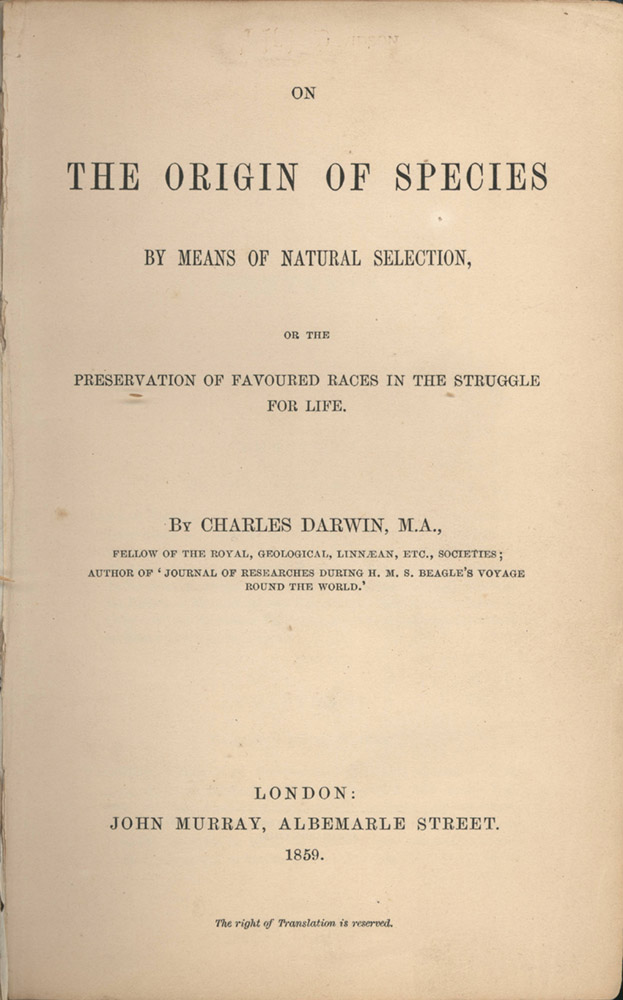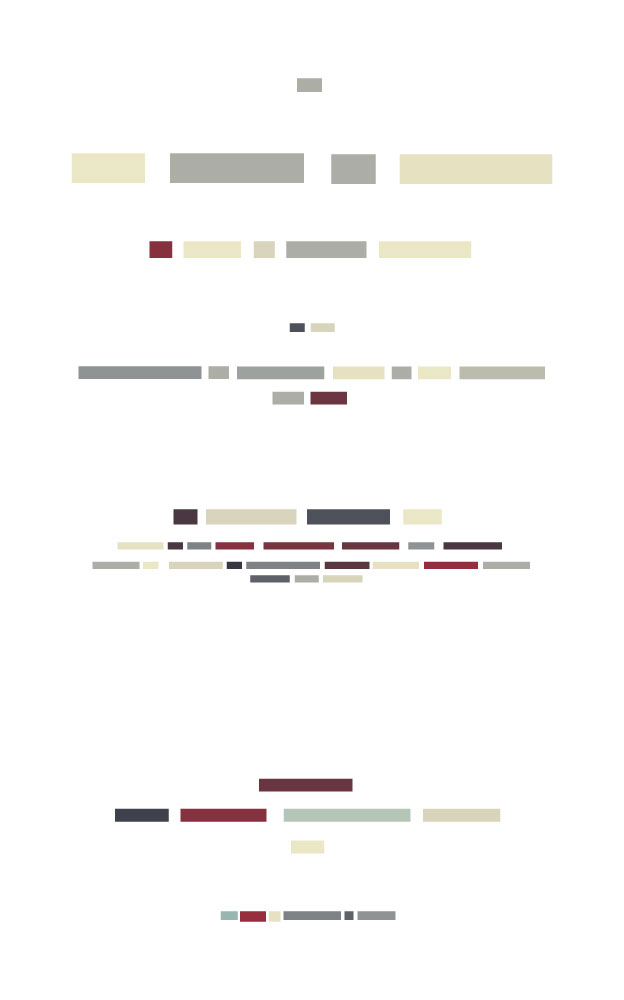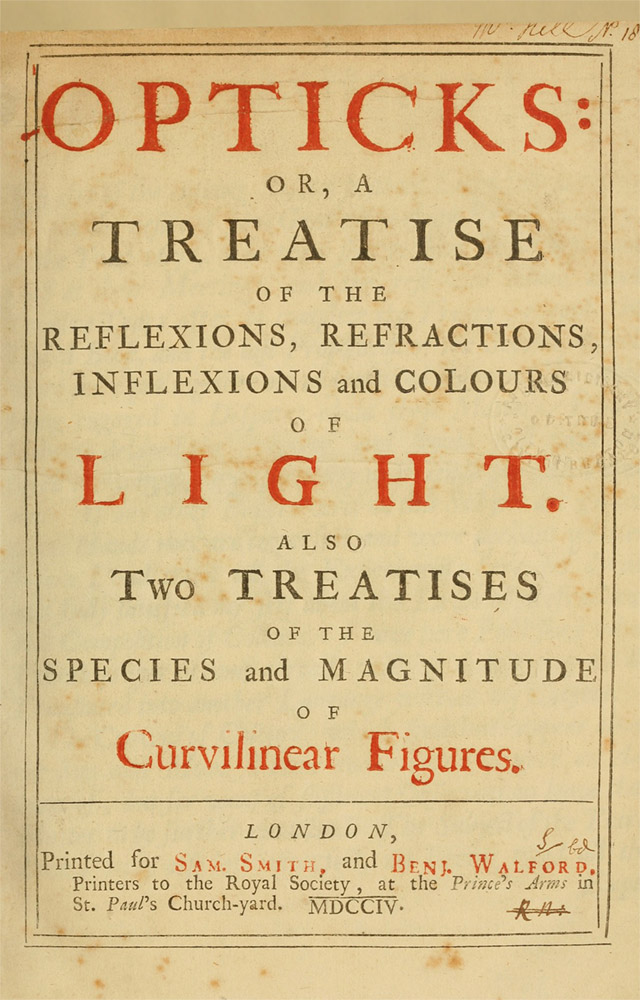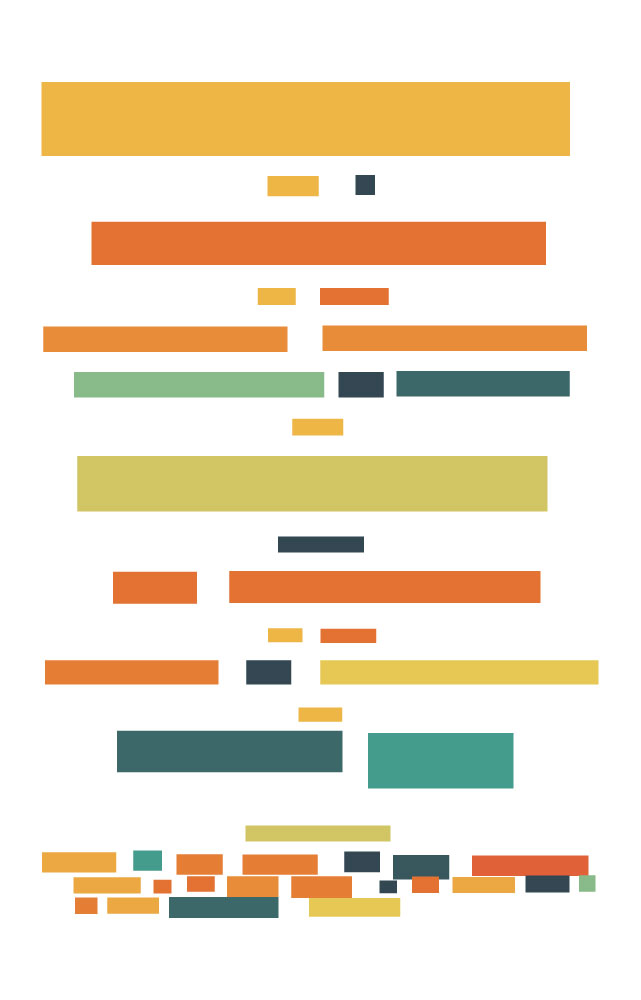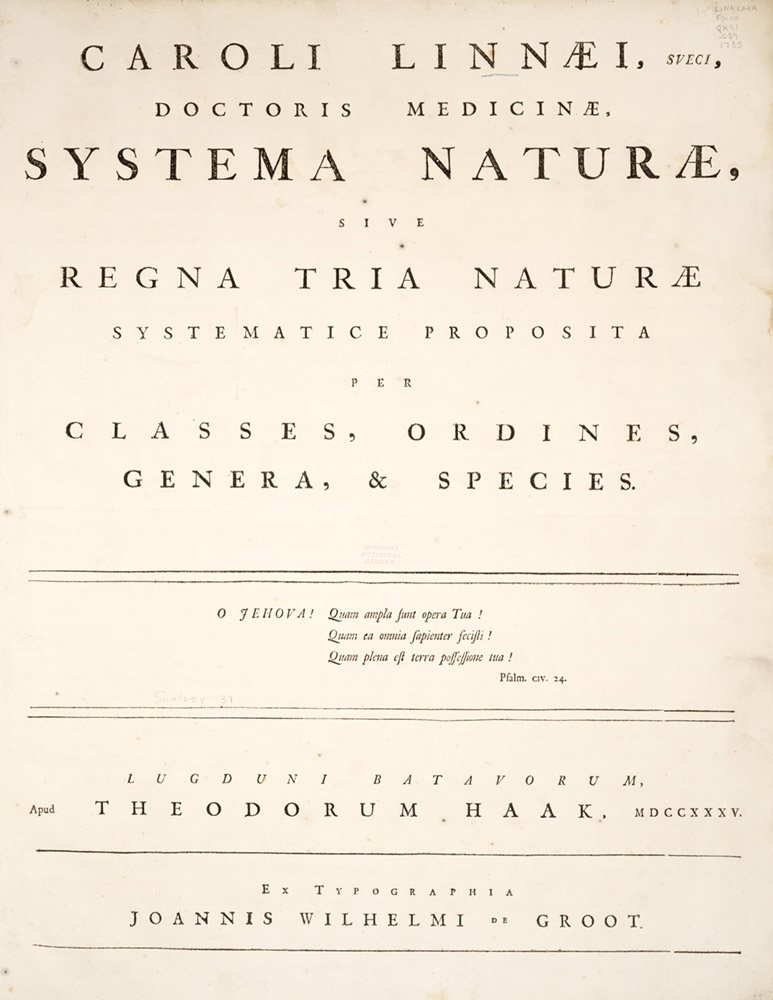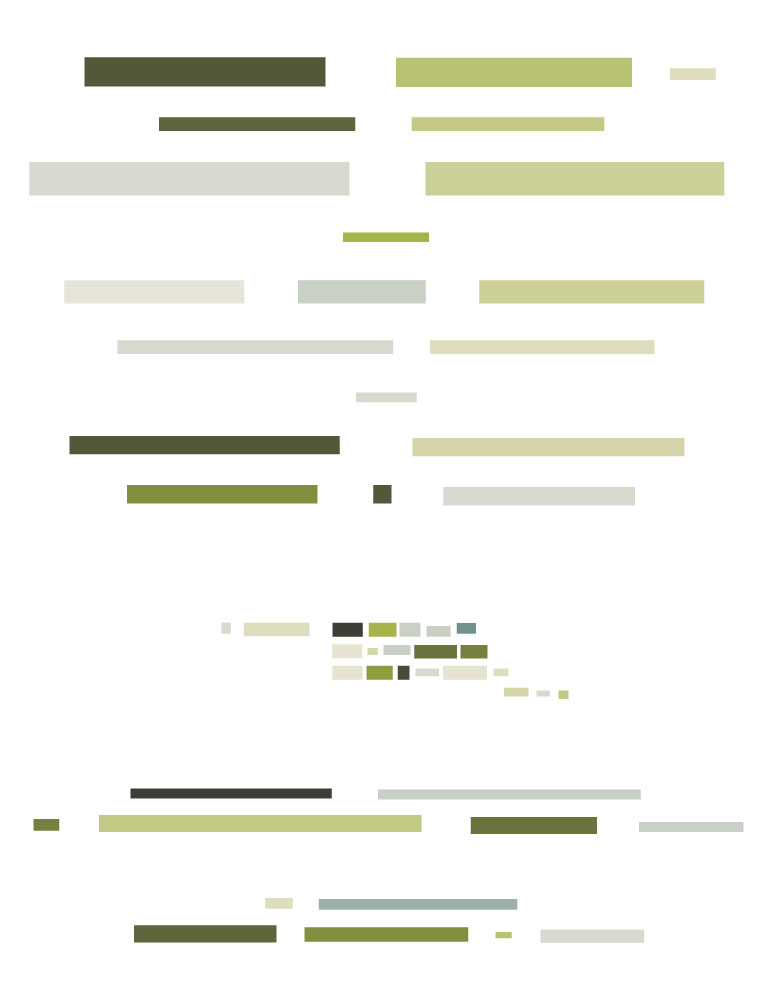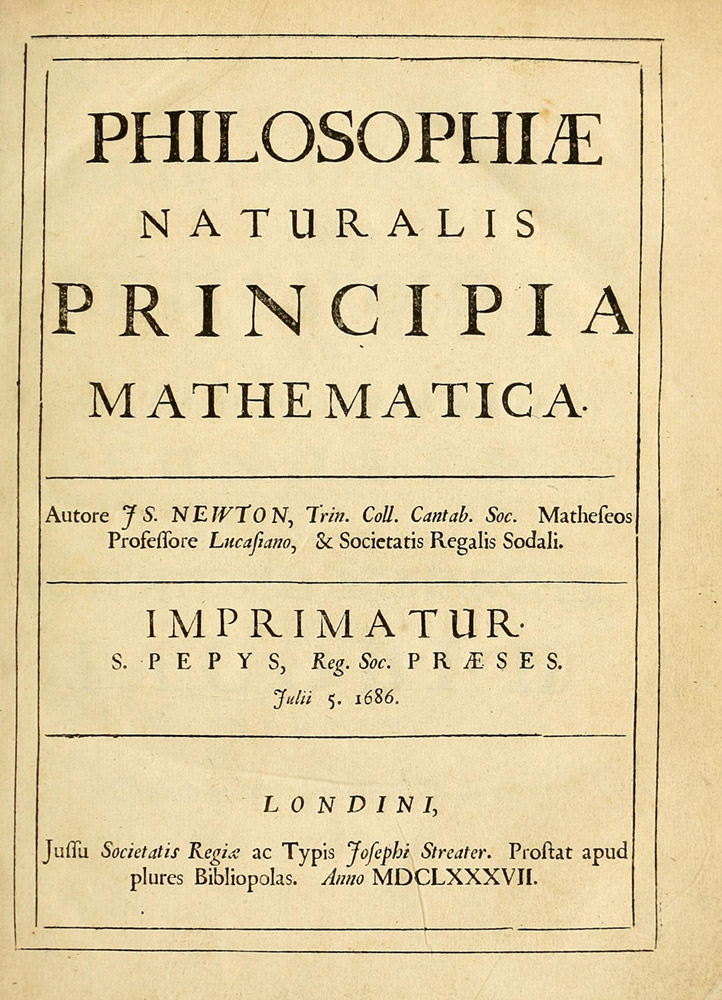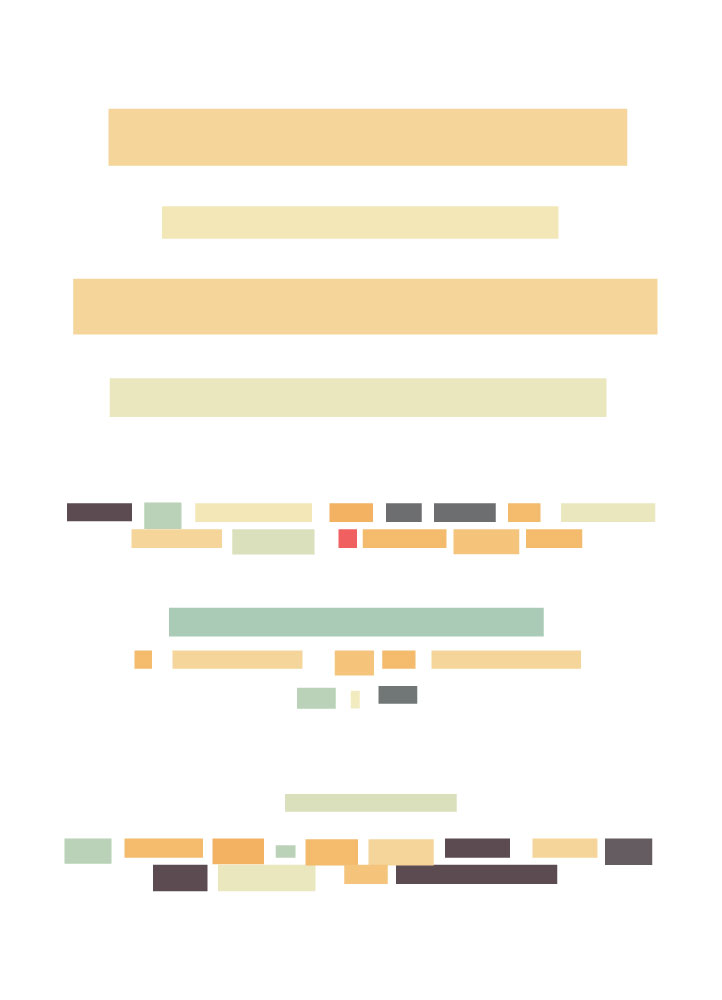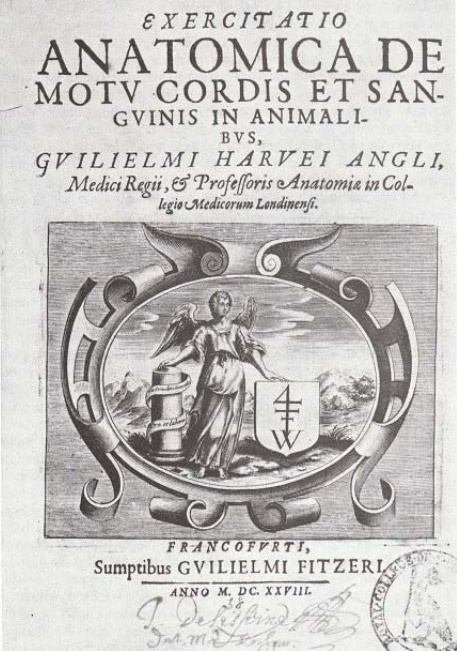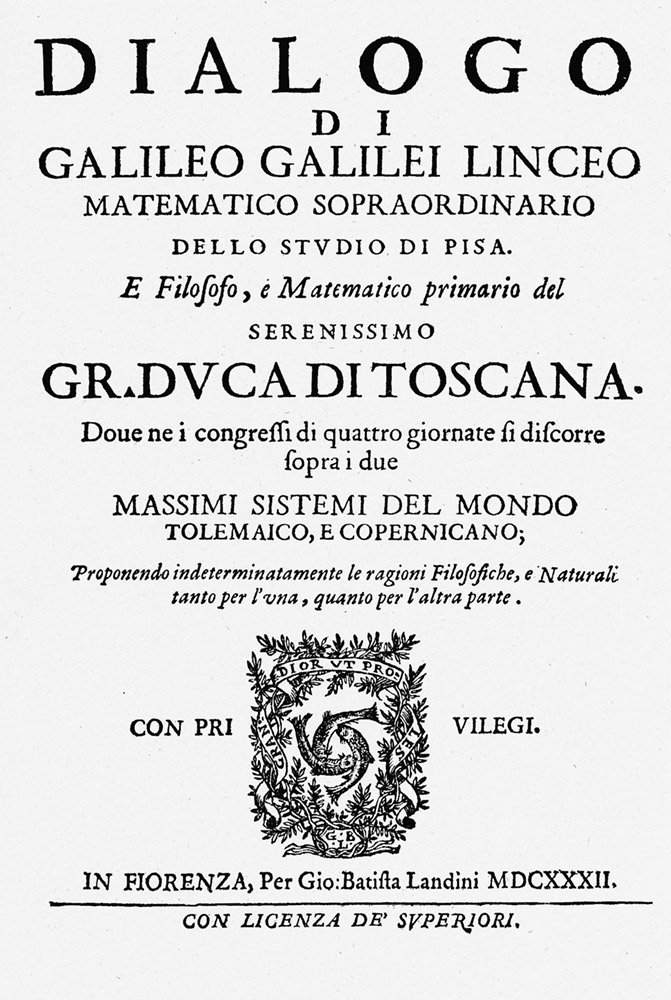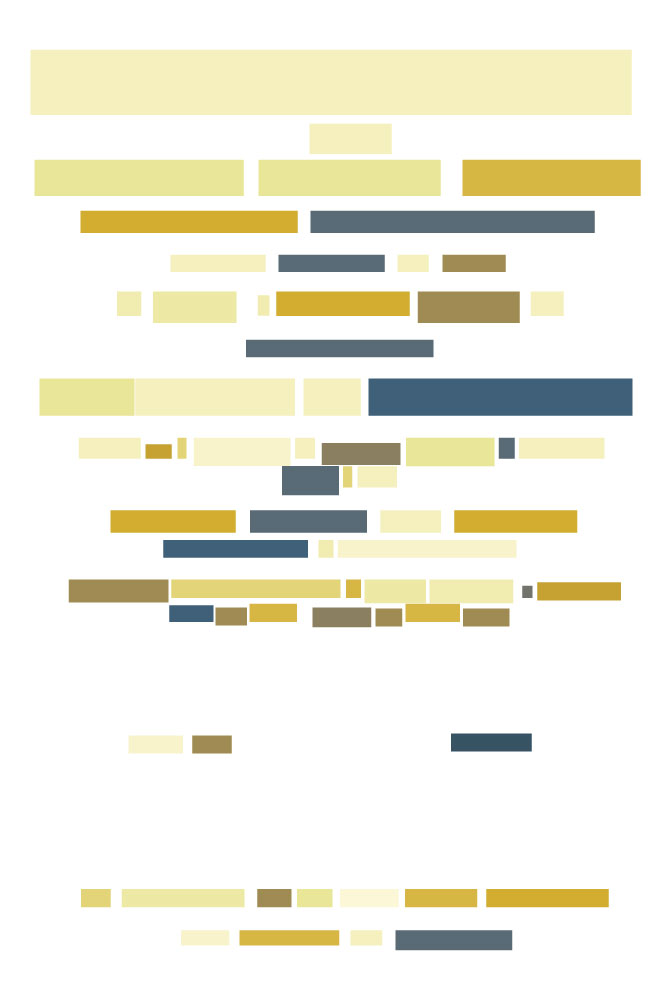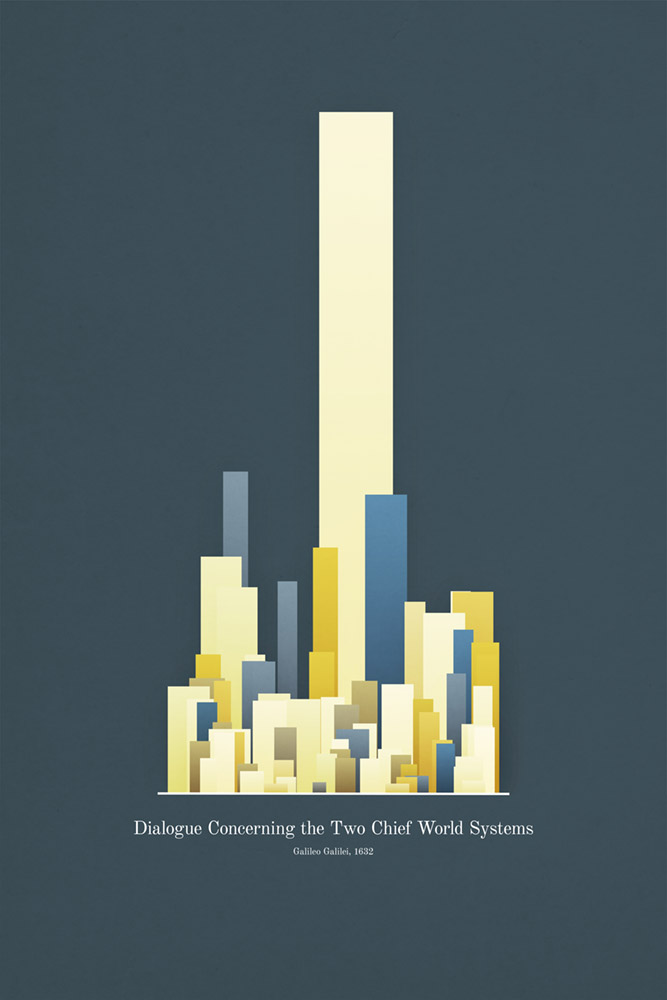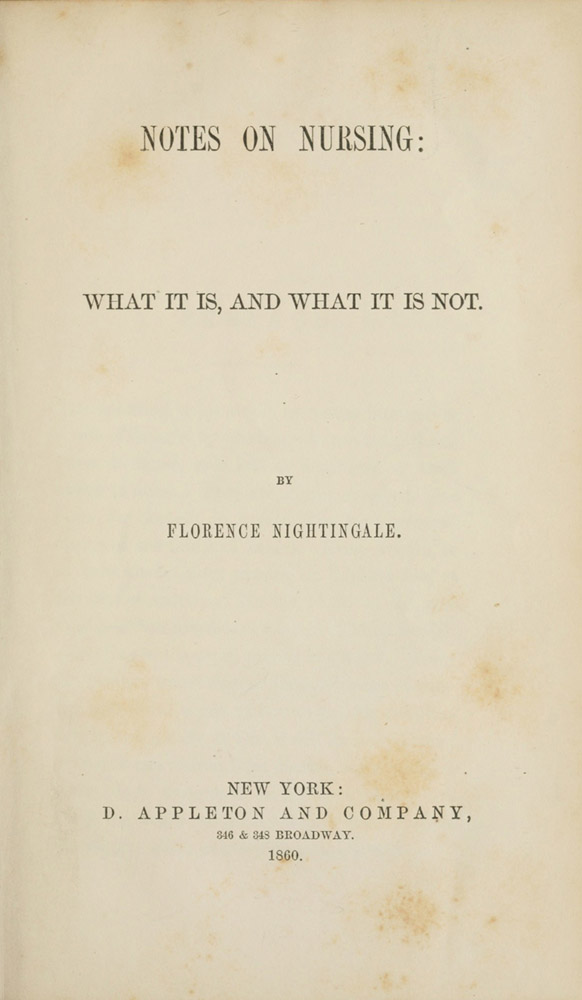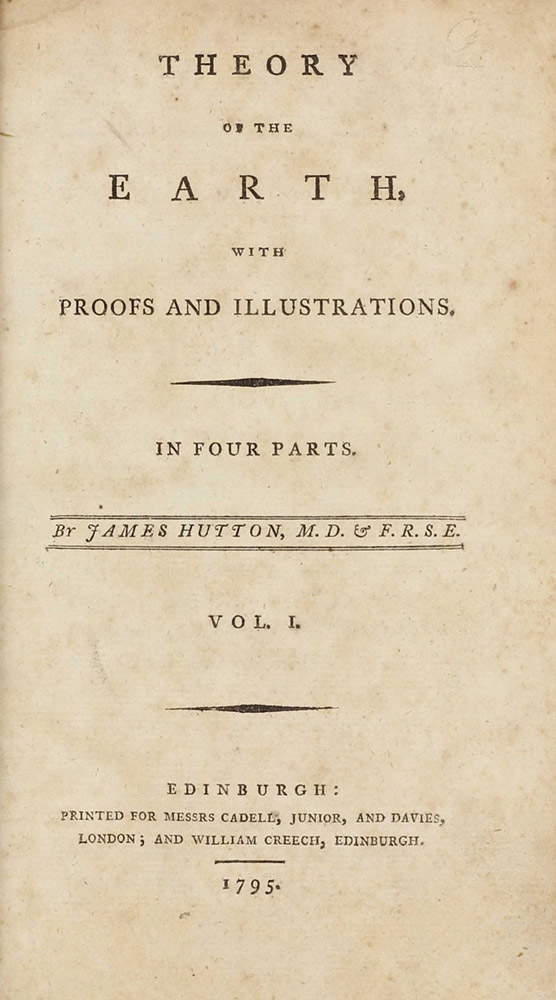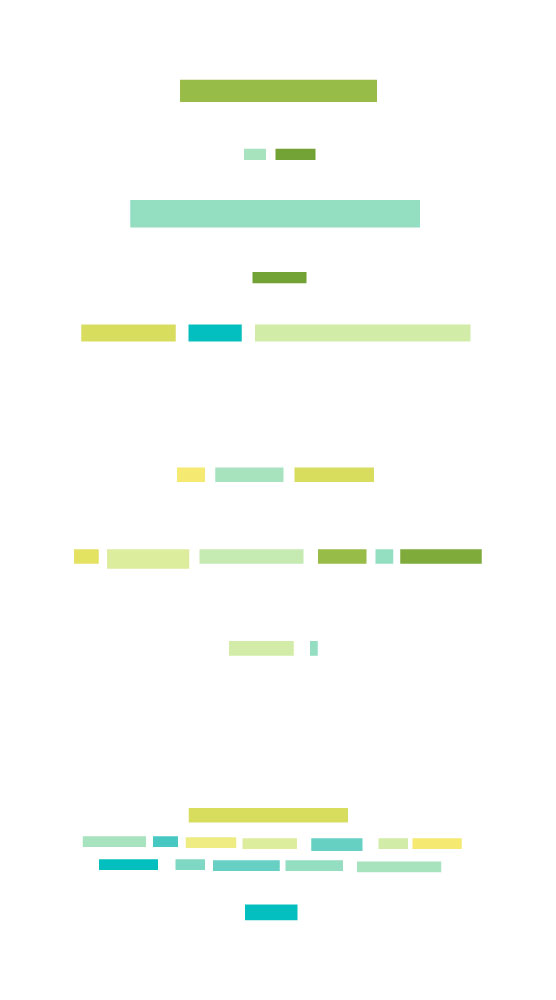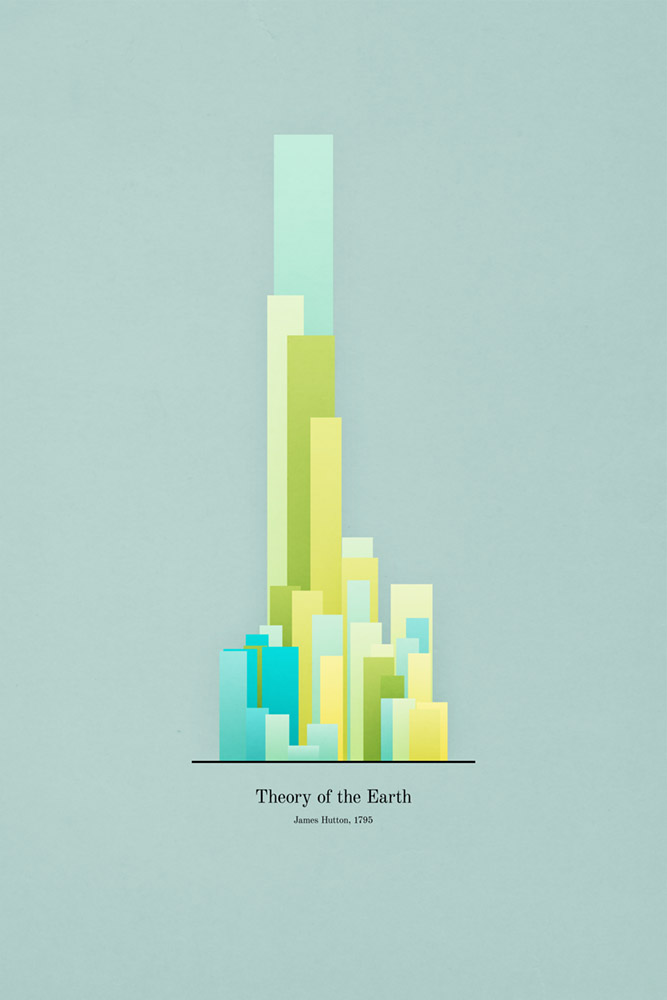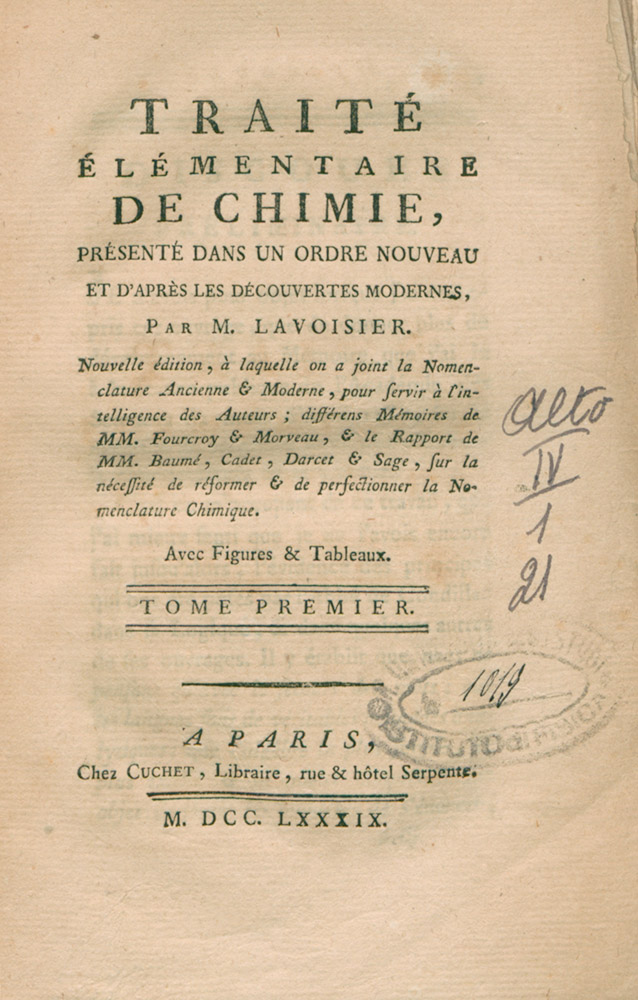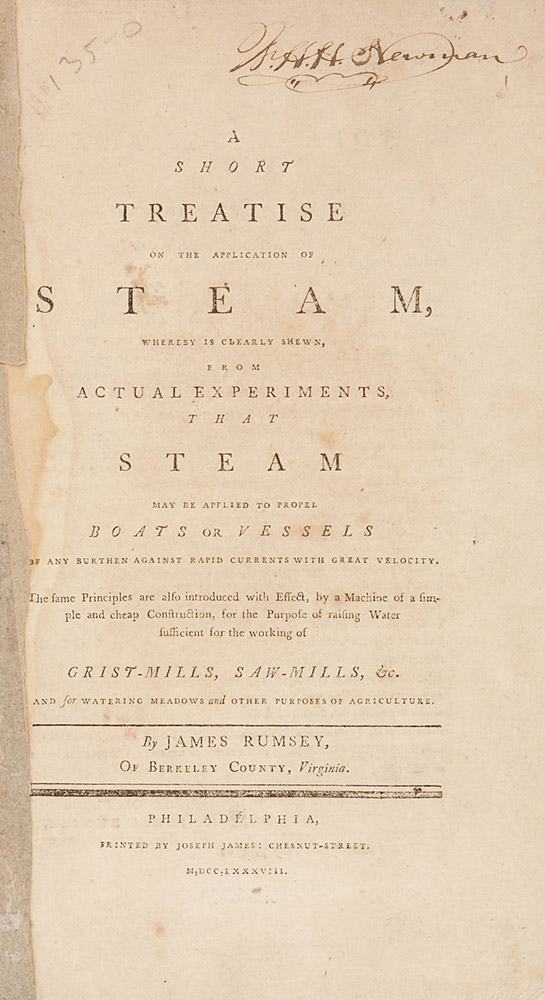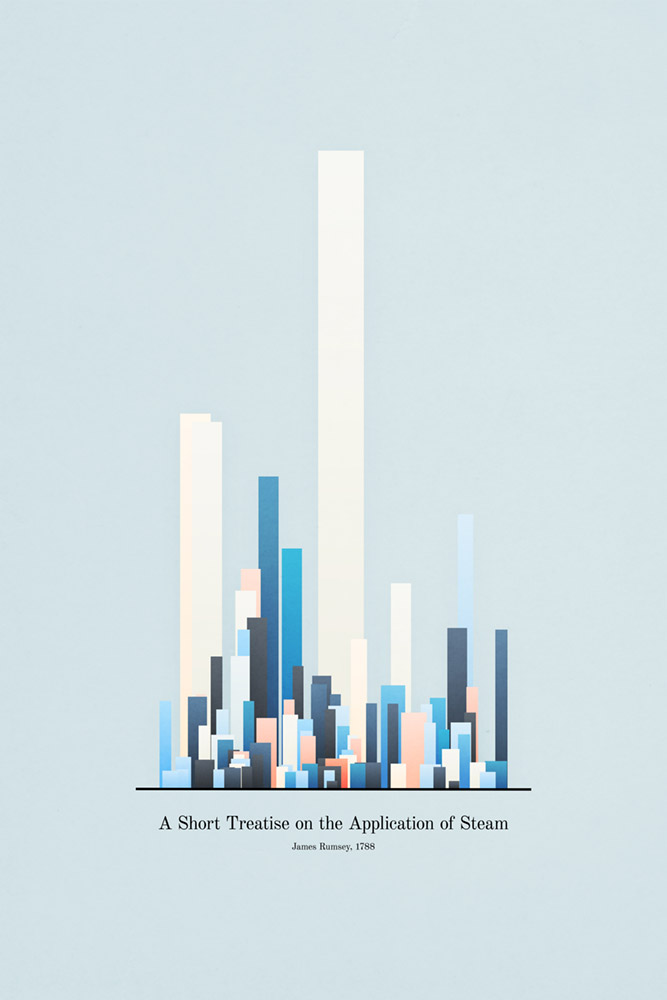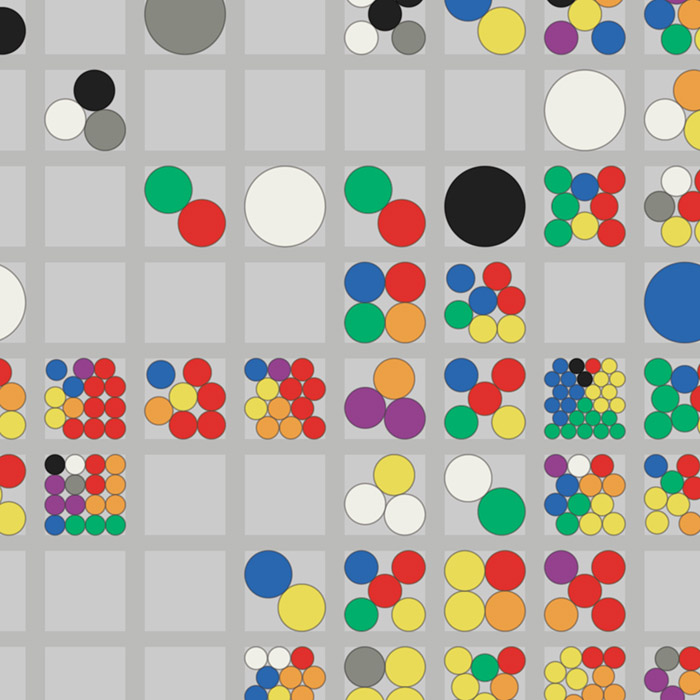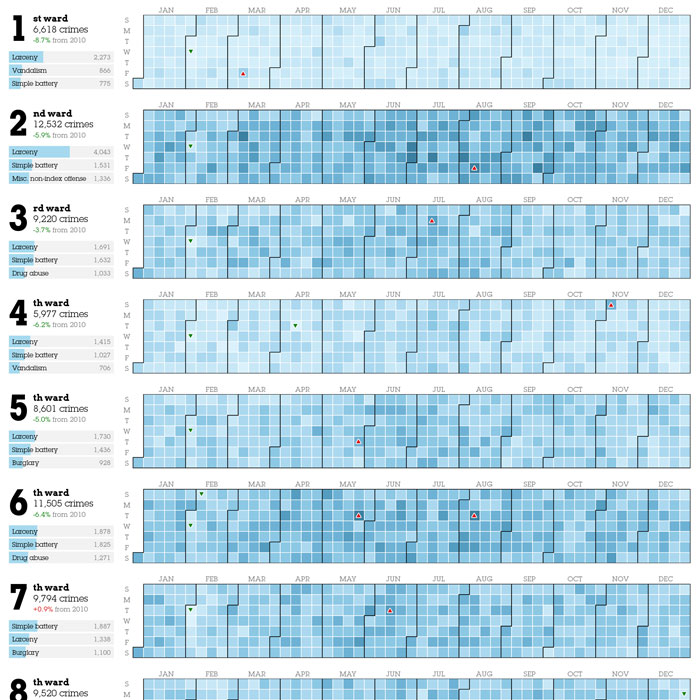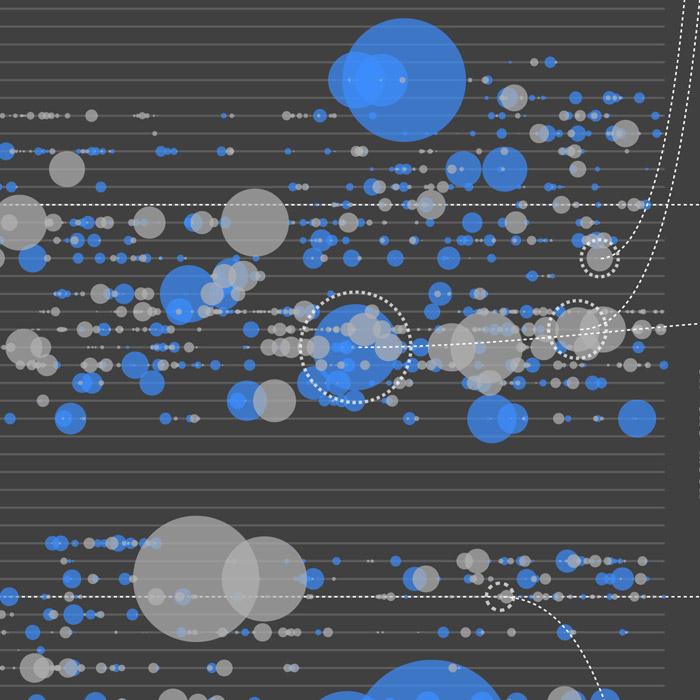A book’s title page contains more than its namesake—including its author, contributors, publisher, and release date. Antiquarian books are known for having lengthy titles, especially those of a scientific nature. These books’ frequently unassuming title pages are gateways to a wealth of knowledge and the focal point of this project.
Title pages of antique influential scientific books covering a variety of subjects were coded and reimagined as colorful cityscapes based solely on their words to illustrate the unique body of knowledge readers would find within. This list is not exhaustive but a small sampling of influential books. More may be added and suggestions are welcomed.
Boxes were drawn around each word of a title page and color-coded by its first letter (words beginning with “A” are one color, “B” another, and so on). Each title page has its own palette. Those boxes were then upended and arranged to form an abstract cityscape while maintaining their original sizes relative to each other.
On the Origin of Species
Charles Darwin, 1859 - One of the most influential works of the 19th century
Opticks
Isaac Newton, 1704 - Analyzes the fundamental nature of light
Systema Naturæ
Carl Linnaeus, 1735 - Introduced Linnaean taxnomy for biological classification
Principia
Isaac Newton, 1687 - Laws of motion and foundation of classical mechanics
De Motu Cordis
William Harvey, 1628 - Established the circulation of blood in living beings
Dialogue Concerning the Two Chief World Systems
Galileo Galilei, 1632 - Supports the idea that the planets orbited the sun, going against the church at the time
Notes on Nursing
Florence Nightingale, 1869 - Common sense and wisdom as a solid basis for caring for sick people today
Theory of the Earth
James Hutton, 1795 - First modern theory of the earth’s crust
Traité Élémentaire de Chimie
Antoine Lavoisier, 1789 - Considered to be the first modern chemical textbook
A Short Treatise on the Application of Steam
James Rumsey, 1788 - Showed that steam can power boats
Press
- I titoli dei libri antichi diventano skyline nei poster di Nicholas Rougeux (English translation), Oct 13, 2020, Frizzifrizzi
- Best of the visualisation web... August 2020, Nov 3, 2020, Visualising Data
- Il designer che trasforma i frontespizi dei libri antichi in skyline urbani (English translation), Nov 8, 2020, Sky Arte
- Falling In Love With The Web: Inspiring Websites And Tools, Feb 16, 2022, Smashing Magazine

